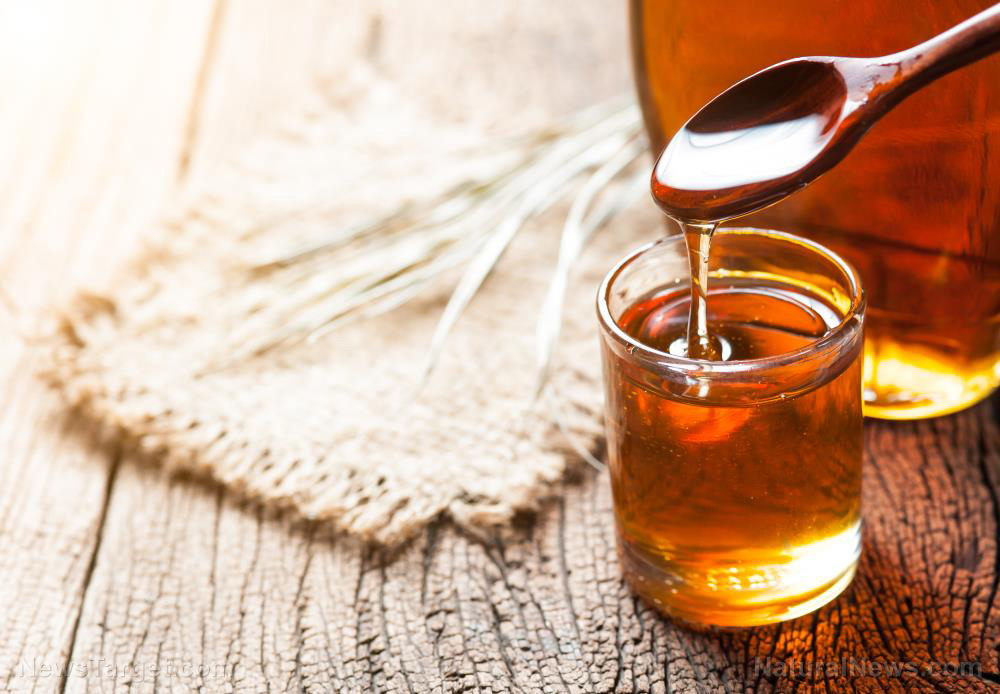SHTF first aid: Suture options for medical emergencies
11/16/2021 / By Zoey Sky

Your first aid kit should include tools that you can use to treat different kinds of minor medical emergencies, from cuts and scrapes to burns and small wounds.
When SHTF, some injuries may require stitches or sutures to stop bleeding and prevent infections. If you don’t have access to emergency medical services, knowing how to suture wounds is a crucial survival skill that you should learn before disaster strikes. (h/t to PrepSchoolDaily.Blogspot.com)
Suture tools to include in your first aid kit
A wound will require stitches or sutures if:
- The wound is wide and gaping.
- The wound is over a joint or beneath the superficial layer of skin.
- The wound is deeper or longer than half an inch.
- The wound is deep enough that the patient’s fatty tissue, muscle or bone is exposed.
- The wound bleeds profusely and doesn’t stop after 10 minutes of direct pressure.
There are many kinds of materials that you can use to close a superficial wound. But there are times when only sutures will work.
Unlike other aspects of prepping and survival, it’s best not to improvise if you need to suture a wound. Never use a regular needle and thread unless you have no other choice.
Here are some of the most commonly available suture tools to help you decide which ones you should include in your first aid kit:
A reverse cutting needle is usually preferred because it reduces the chance of weakening and tearing the patient’s skin.
The most commonly used needle shapes are 1/2 and 3/8 circle and the latter is more common. There are other needle shapes available, but you probably won’t need them after SHTF.
The picture on the suture package indicates the shape and size of the needles. More zeroes mean smaller diameter.
Note that the strength of the suture shouldn’t be greater than the strength of the tissue. If something is going to give, it should be the suture, not the tissue since this can cause more trauma to the tissue.
There are several ways to classify suture materials. Factors to consider include the patient and location where the suture is to be placed, along with the supplies you have in your kit.
Absorbable sutures are often used for wounds inside the body. You can also use them if it’s difficult to remove the sutures because of certain circumstances.
Absorbable sutures don’t have to be removed by a doctor because they are broken down by enzymes found in the tissues of your body.
Non-absorbable sutures are often used outside for skin closure and on people with a history of reaction to absorbable sutures.
Monofilament sutures (like fishing line) are less likely to harbor microorganisms. They do not wick any fluid and bacteria into the wound. They are also less irritating to the skin compared to other kinds of sutures.
Monofilament sutures tie down easily but the knots slip more readily and may become weakened if compromised, such as when crushed, crimped or nicked. (Related: Prepper first aid: DIY antiseptics for wound care.)
Braided sutures are more likely to harbor organisms, but they are stronger and more flexible. Some people find it easier to work with braided sutures.
Coated sutures often go with braided sutures and make it easier to pull the sutures through the tissue. The knots in coated sutures also hold better.
Before SHTF, stock up on common suture tools like needles and sutures that suit your needs. Include a variety of tools in your first aid kit and learn how to apply emergency stitches.
Check out EmergencyMedicine.news to learn more about other items you need in your first aid kit.
Sources include:
Tagged Under: bug out, disaster, emergency medicine, first aid, first-aid essentials, homesteading, off grid, preparedness, prepper, prepping, SHTF, survival, survival gear, survival medicine, survivalist, sutures
RECENT NEWS & ARTICLES
EmergencyMedicine.News is a fact-based public education website published by Emergency Medicine News Features, LLC.
All content copyright © 2018 by Emergency Medicine News Features, LLC.
Contact Us with Tips or Corrections
All trademarks, registered trademarks and servicemarks mentioned on this site are the property of their respective owners.




















